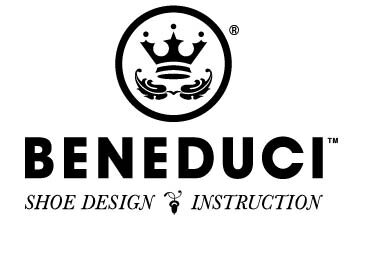What is the state of shoe-making in
America today?
America never lost its ability to create high quality shoes. Consumers’ preference for high quality changed temporarily and was directed to a more mass-produced, disposable and less expensive version of fashion. American manufacturing couldn’t compete; factories closed and skilled shoe-makers found other work or retired.
These preferences are shifting back to a desire for long-lasting, high quality products of all types. The desire for American goods is prevalent again in the U.S. and around the world in countries like Japan, South Korea, The Netherlands and the U.K. In the last few years, we have seen resurgence in popularity of American brands that are still made in America, and a greater interest in smaller American-made brands like mine. The boots I produce with a welted sole can be re-soled at least 5 times before they will need to be replaced. My clients are telling me how excited they are to find something they love and know it won’t need to be replaced in a year. So, while fragile, the state of American shoe-making – at least at the higher end—appears to be alive and well.
What is your area of focus?
One area of shoemaking where America never lost its edge, is our ability to make the best work-boots. When shoemakers from around the world emigrated to America in the early to mid 20th century, their audience was factory workers who needed the best work-boots. Highly skilled shoemakers had to shift their focus from making beautiful shoes to work-boots and what we got were some of the most beautiful work-boots that have become fashion items still sought after today.
The machines that made those boots became the standard around the world to emulate American boot-making. Mass production of boots is gone, but the machines aren’t. So, I’ve made it my mission to locate the equipment needed to build a thriving, American style boot and shoe-making facility in San Francisco.
It hasn’t been easy. You really have to hunt for the machines. They’re stored away in basements and old, dusty storage facilities. But when you find them, with a little TLC, they work beautifully and definitely do the job. They’re American made with Pennsylvania steel and parts from Ohio with no plastic and they rarely break down.
How do you choose your leather?
Although I hunt all over the world (Argentina, France and Central America) for interesting leathers, my main focus is Italian leather for the uppers. The Italian's are innovators in leather. They strive for unique treatments and are always pushing the edges of high fashion. Also Italian leather is some of the best, because of the way the animals are treated. "Have you ever traveled to Italy and found your self in a lush green alpine pasture surrounded by calm cows happily laying in the tall grass? Well, that is where your hides come from. The fact that they are not packed into massive corrals and are not laying on rocky hard scrabble is one of the reasons Italian, German and French leathers are the finest and sought after world wide.
We never overlook the linings. We hunted for the perfect mix of feel and durability. We found it from a small family owned US tannery in Milwaukee Wisconsin. They found a way to make Calfskin linings feel more supple than most but retain it's durability. Plus it's made in the good old US. And I like that! So I know this may sound a bit corny but the leather really reflects who I am in that I am a blending of Italian and American ethnicity and culture.





